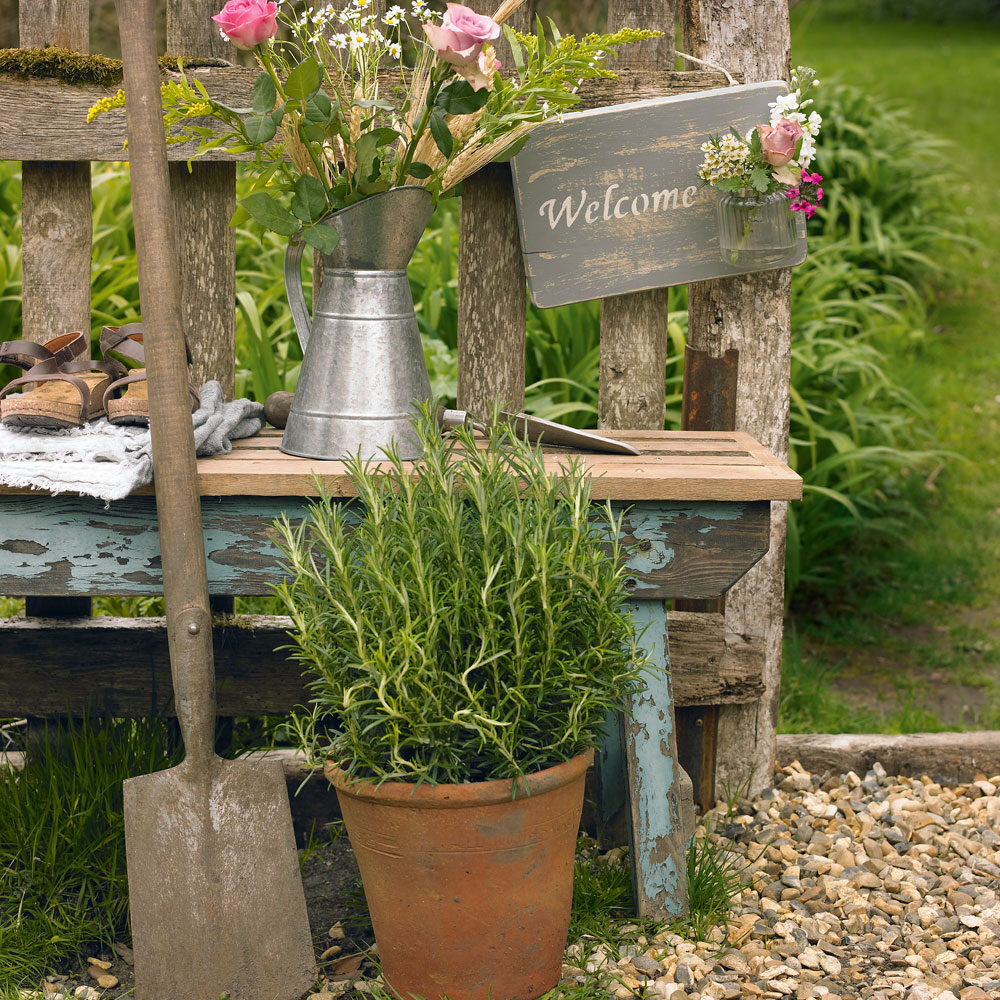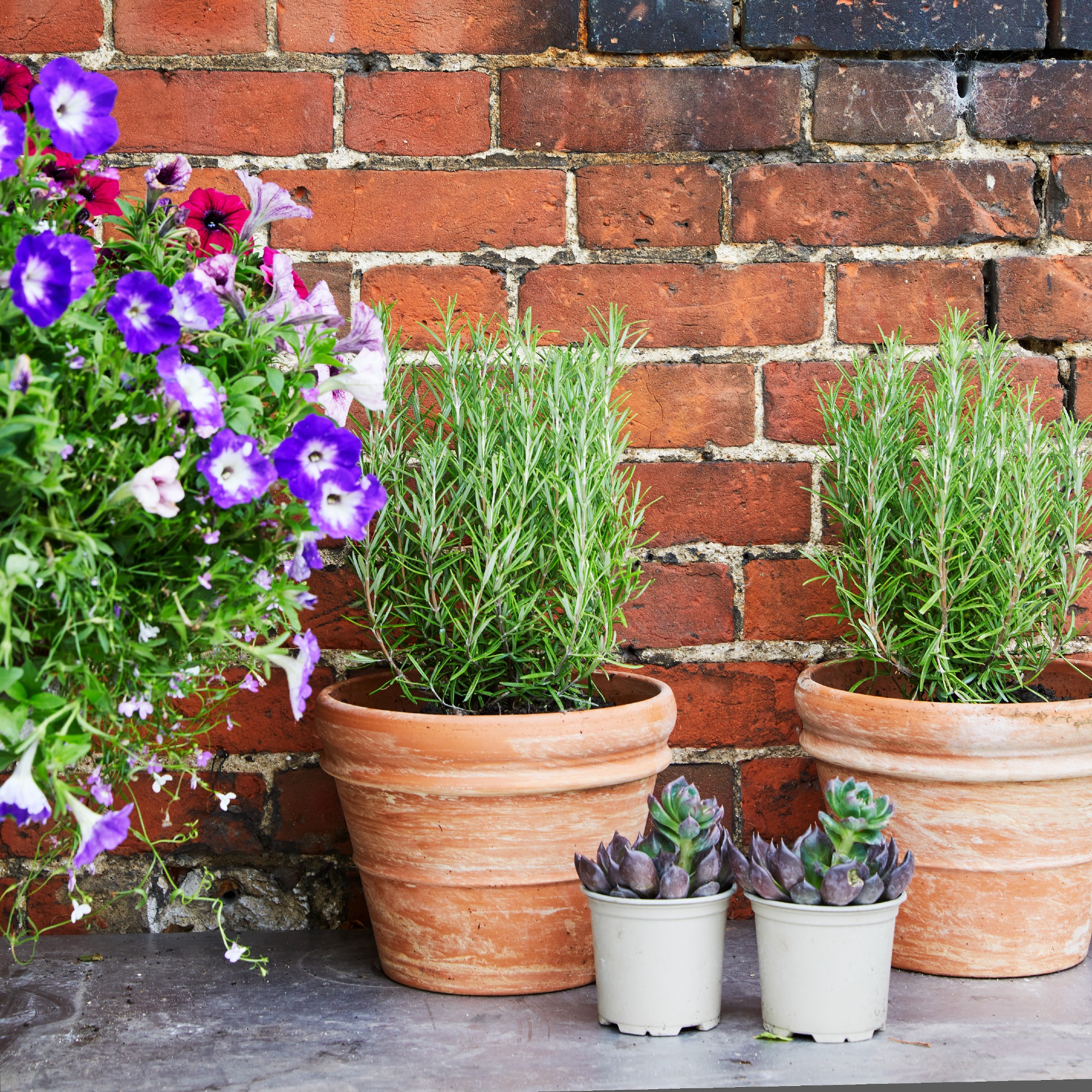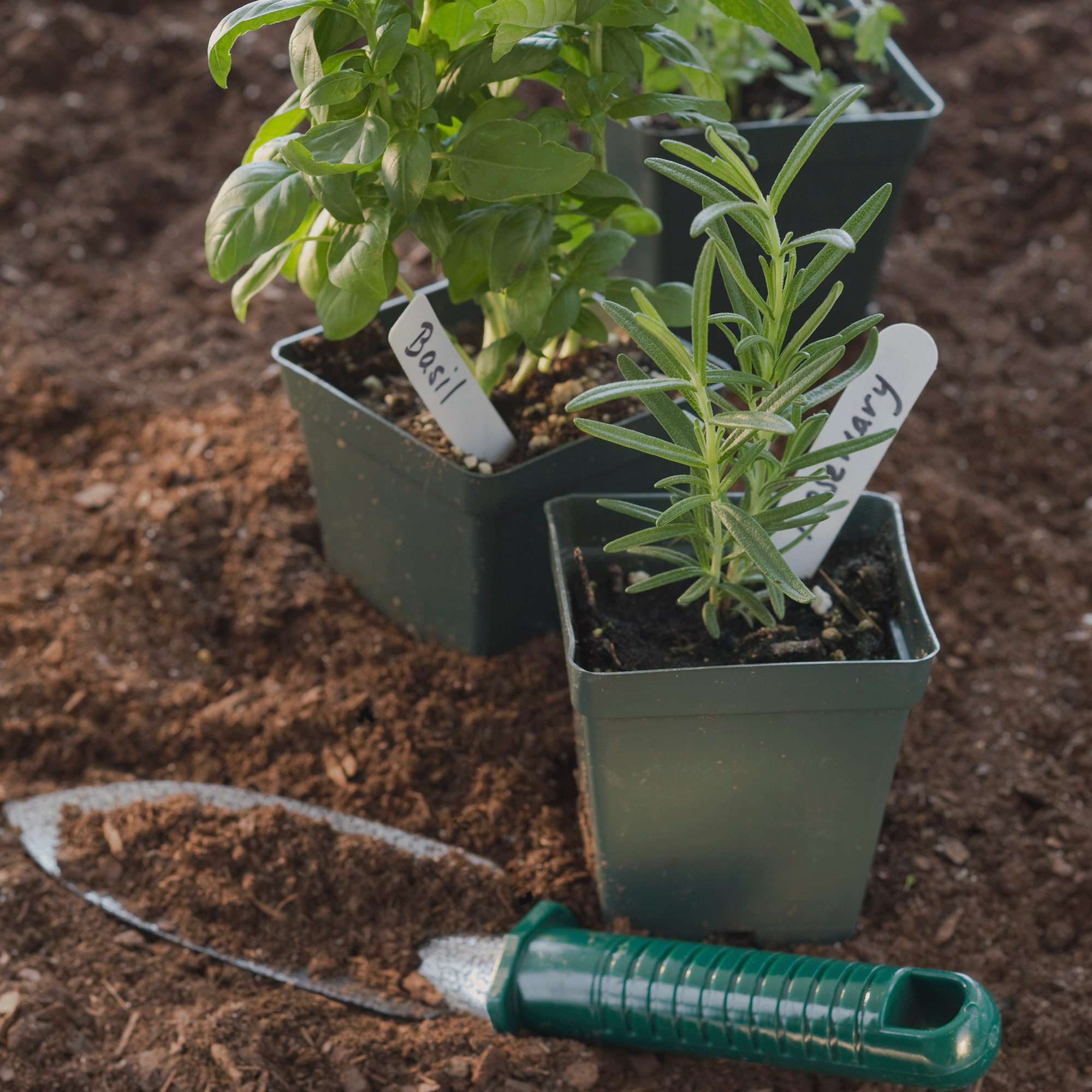
Rosemary is one of the toughest herbs you can add to your garden, tolerating the driest conditions thanks to its Mediterranean roots. If you've been thinking about growing this herb in pots, you might be trying to decide on the best potting mix for rosemary.
Rosemary is one of the best drought-tolerant plants out there. It's also really easy to learn how to grow rosemary successfully, rewarding you with delicious sprigs that can be used in the kitchen.
It's still important to ensure that you use the right potting mix, though – even the hardiest plants need certain levels of drainage to stay healthy, especially those that originate from warm climates. We've asked garden experts for their recommendations to help you find the best potting mix for rosemary.
What you'll need
What is the best potting mix for rosemary?
Luckily, rosemary is a pretty hardy plant, and it isn't too fussy when it comes to its soil. However, there are certain conditions you should avoid.
'Rosemary is like all Mediterranean plants – it dislikes wet and soggy conditions,' says Monique Gudgeon, garden director at Sculpture by the Lakes in Dorchester. This means that drainage is key, and incorporating the right ingredients into your potting mix will garner the best results.
'Any good container compost will do, but make sure you add a good layer of grit or gravel at the bottom of the pot and that there are sufficient drainage holes,' explains Monique. 'I also like to top-dress the pot with more grit or gravel because it stops water splashing onto the lower leaves and causing rot.'

So, above all else, rosemary requires good drainage. We checked in with Morris Hankinson, founder of Hopes Grove Nurseries, for an exact formula for the best potting mix for rosemary.
'An ideal mix might include two parts of high-quality potting soil, one part of sand or fine gravel to provide that essential gritty texture, and one part of perlite or pumice which can enhance drainage even further.'

Best ready-made potting mixes for rosemary
Now we have an idea of what goes into the best potting mix for rosemary, we have two options: we can either make our own mix, or we can opt for a ready-made product to save time. But what is the best potting mix for rosemary on the market?
'If you’re looking for a reliable, ready-made potting mix, we recommend the Miracle-Gro Premium Mediterranean & Citrus Compost, available at Amazon,' says Morris. 'This blend is particularly suited to rosemary, as it’s formulated to drain efficiently while retaining just enough moisture, thanks to the added sand and perlite.
'Alternatively, Verve Peat-Free Compost for Cacti & Succulents from B&Q is an eco-friendly option that offers great drainage with added grit. It’s a good choice for rosemary, providing the right balance of aeration and moisture control.'

Monique opts for a peat-free compost when potting up rosemary. 'I use Petersfield Supreme Peat Free Compost, then line the bottom of the pot with gravel and top dress with more gravel to cut down on water splashing onto lower foliage.'
The key takeaway? The best potting mix for rosemary should provide good drainage, so bear this in mind when you're shopping or making your own potting mix from scratch.
Shop our top picks
FAQs
Does rosemary need perlite?
Perlite is great at providing drainage in heavier soil, so it's a good option if you're making your own potting mix for rosemary.
'Although not absolutely essential, perlite can significantly benefit rosemary by improving aeration and drainage in the soil,' says Morris from Hopes Grove Nurseries. 'In regions with high humidity or frequent rain like the UK, perlite is especially useful to prevent the roots from becoming waterlogged, which rosemary dislikes.'
What potting mix should I use for rosemary cuttings?
We've established what the best potting mix for rosemary should contain, but does the same apply to rosemary cuttings? 'I use a 50:50 mix of pure coir and perlite and dip the cuttings in Clonex Rooting Hormone,' says Monique from Sculpture by the Lakes. 'Any good hormone rooting powder will do, though.'
As with established rosemary plants, drainage is essential so that root rot doesn't affect your cuttings.
So, now you know what to look out for the next time you're potting up a rosemary plant.







